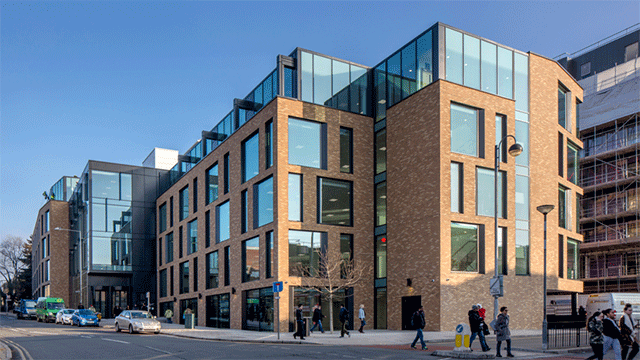Occupancy levels across the UK’s flexible workspaces have reached a record high of 83%, according to the Instant Group, with levels reaching 90% in almost half.
Occupancy rates within London continue to outpace the UK average sitting at 84%, according to Instant’s research, driven by the adoption of flex from sectors that have typically favoured traditional office leases in the past.
In Birmingham, Manchester, Leeds, Bristol and Edinburgh flex vacancy rates have dropped between Q4 2021 and Q4 2022, while traditional office vacancy rates have increased.
In Leeds just 10% of flex workspace is vacant, decreasing from 15% in the 12 months to December 2022. Leeds is experiencing some of the lowest vacancy rates due to the supply/demand imbalance in the city.
The quality of a space is also impacting on occupancy levels, says Instant, with high-end spaces averaging 86% occupancy, compared with 77% for value focused solutions.
Lucinda Pullinger, Instant Group UK managing director, said: “The flex sector is continuing to outperform the wider office market reflecting the demand from occupiers for greater agility. A wide range of businesses now recognise the benefits of flexible workspace and the ability to modify workspace requirements based on headcount and utilisation.
“As contractual occupancy rates in flexible workspaces across the UK hit record highs, larger organisations still looking to pivot to a flexible workspace will find it increasingly challenging to find space as supply coming onto the market struggles to keep pace with growing demand.
This points to a huge market opportunity for office owners and investors to diversify their assets with flexible products and for operators to expand their flex space offerings to capture the rising demand for flexibility.”
To send feedback, e-mail samantha.mcclary@eg.co.uk or tweet @samanthamcclary or @EGPropertyNews











